Renting out a 700-square meter building for $11 per month is an unbelievable bargain, even in Ukraine, where rents are cheaper than in Western Europe.
This is the price the State Property Fund offers to tenants ready to settle in the Chornobyl exclusion zone, where the world’s worst nuclear power disaster took place in 1986.
Today, the 2,600 square kilometer exclusion zone attracts thousands of tourists. It soon will be one of the most-visited places by foreigners in Ukraine, and the state has big plans for the site.
The fund recently announced that 36 objects in the zone would be put up for rent this year, including seven land plots for potential solar power stations, according to Kostyantyn Koshelenko, deputy chairman of the State Property Fund of Ukraine.
Chornobyl should become a powerful ‘magnet’ for tourists from Ukraine and around the world, President Volodymyr Zelensky said during a forum in June.
“The zone should be turned from the exclusion to a revived one.”
Special status
Ukraine marked the 35th anniversary of the Chornobyl nuclear power plant explosion on April 26. The explosion of reactor No. 4 of the plant in the early morning hours of April 26, 1986, is still regarded as the worst nuclear power disaster in history.
Three towns and nearby villages populated by hundreds of thousands of people were abandoned after the disaster. The death toll remains in dispute.
At least 28 firefighters were killed in the disaster, which released more radiation than the combined load of the atom bombs dropped on Hiroshima and Nagasaki. At the same time, the Union of Concerned Scientists estimates 4,000 to 27,000 deaths due to radiation-related illnesses since then.
More than 300,000 people were eventually evacuated from the surrounding area, yet hundreds of thousands more remained in nearby contaminated regions.
Today, some of the radioactive elements released into the atmosphere during the explosion still linger but they are at tolerable exposure levels for limited periods of time.
Some residents of the exclusion zone have returned to the area of their own free will. They live surrounded by higher radiation levels than normal but these levels are not fatal, according to the International Atomic Energy Agency.
The exclusion zone also attracts foreigners eager to explore the abandoned city. More than 124,000 tourists visited Chornobyl in 2019. Meanwhile, the zone has become a nature reserve, thriving with wildlife.
After the disaster, Soviet Union authorities placed a circle-shaped exclusion zone 30 kilometers radius around the plant to deter intruders. The properties can not be privatized due to the special status of the zone, but the fund is open to ideas to develop the area.
“Once rented, the state and the fund will not limit in any way investors in their development plans,” said Koshelenko on Oct.5 during the press tour.
The starting auction price for a five-year rental agreement won’t exceed $37 per month in the area, according to Vadym Kurylo, head of Kyiv, Cherkasy, and Chernihiv oblasts branch of the State Property Fund.
The price might be as low as a symbolic 0.01 hryvnia for a two-story dormitory where engineers of the French company Novarka, which worked on Chornobyl radiation containment’s structure for several years, used to live.
But once the $1.5 billion new shelter— the world’s biggest land-based moving construction that covered the exploded reactor — was put in place in 2017, they left Chornobyl.
Future tenants may turn the 16-room building, for instance, into a hostel for tourists, the fund’s experts expect. Another asset for rent, a former sanitary station, has been standing empty for decades after the tragedy.
“The entrepreneur can use it as an office, workshop, base for a temporary location. Anything they want,” said Koshelenko.
“All interesting sightseeing places are located within a radius of five kilometers,” he said.
These include the abandoned city of Pripyat, the town of 45,000, which completely evacuated after the nuclear disaster, and the reactor itself covered by the giant arch.
The massive 75-meters high and 750-meters long Duga radar, known as the “Russian Woodpecker” for its specific knocking sound heard in radio frequencies worldwide when it was working, also attracts tourists in the area.
The radar, abandoned after the explosion, was used during the Cold War to detect intercontinental ballistic missile attacks.
Local business
As of October, the fund has already rented 20 objects across the city of Chornobyl for the past five years.
Olena Nechyporenko, a former teacher from western Rivne Oblast, rents three local grocery shops selling everything from fruits and vegetables to alcohol, sausages, and even Soviet times badges with the image of Lenin.
She came to Chornobyl six years ago following her father, who used to work in the city at the plant’s catering unit.
She pays around $12 per month for one 60 square meters grocery, earning on average $3,000.
However, she complained that profits halved after foreign workers left. She’s also afraid to pay more than the 15% of the rent she currently pays, she said.
Due to the new rules set by the government, her rental payment will grow around six times starting next year.
“I am afraid that the rent will be high, but let’s watch,” told Nechyporenko the Kyiv Post.
A local hotel welcoming tourists is already operating in the area. While occupancy rates are currently low due to quarantine amid the COVID-19 pandemic, fund experts believe opening other hotels or hostels might be a great idea.
“Some tourists might be scared to stay for a night in Chornobyl, but for others, it can be an extra emotion or extra fun to their trip,” said Koshelenko.
At the stop at the checkpoint, it was hard not to notice the diversity of languages of tourists already returning from the exclusion zone.
Gift shops were packed with English, Italian, Hungarian and French tourists looking for socks, T-shirts, cups, gas masks, and magnets with images of the Chornobyl tragedy.
Koshelenko said that the award-winning HBO series retracing the Chornobyl disaster released in 2019 brought tourists after its release in 2019. Still, this trend won’t be enough to continue attracting visitors, especially amid the COVID-19 pandemic.
“The series is great, but it has already gone, and we need to develop the future in this area,” said Koshelenko.
You can also highlight the text and press Ctrl + Enter


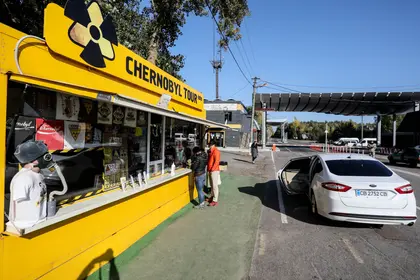
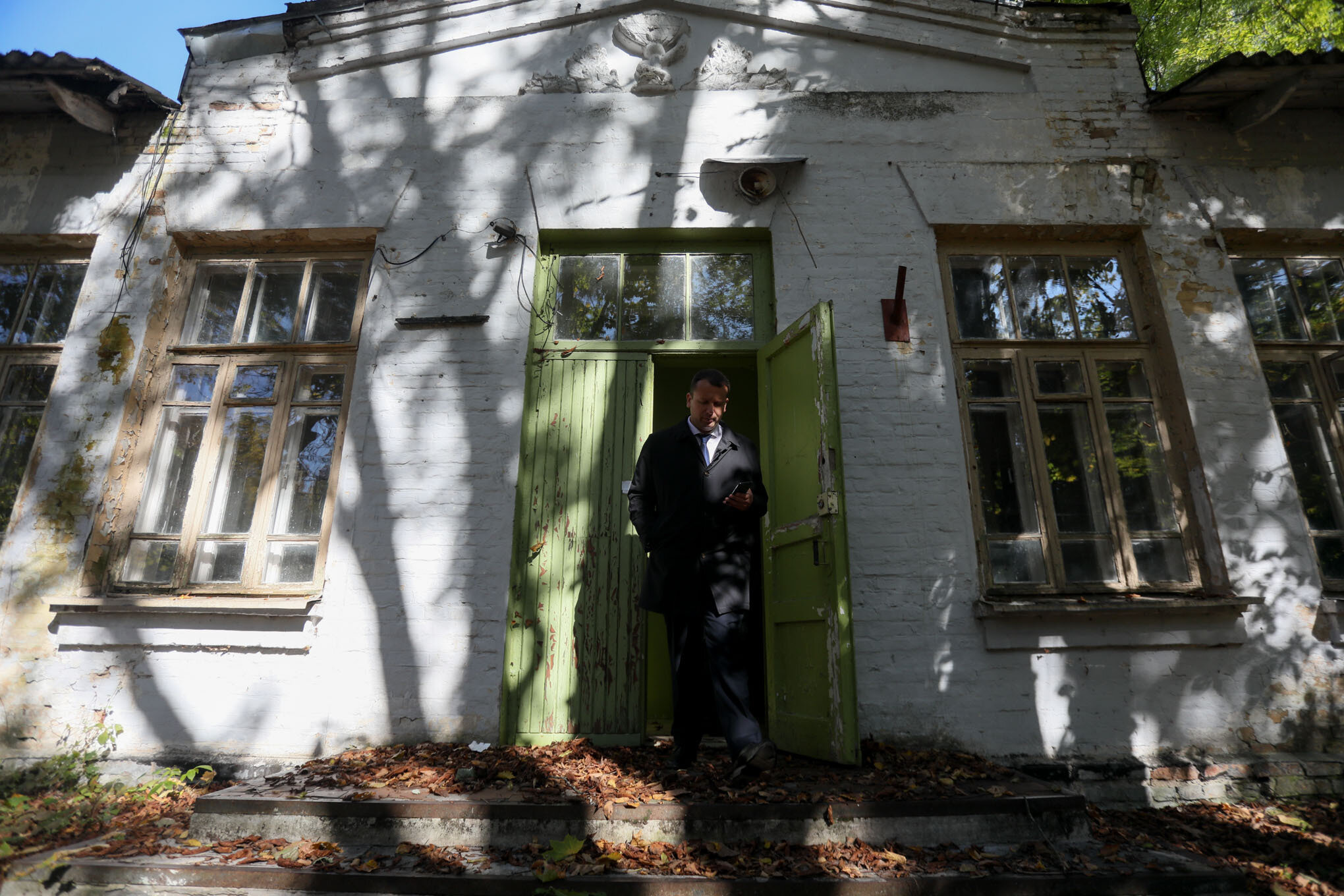
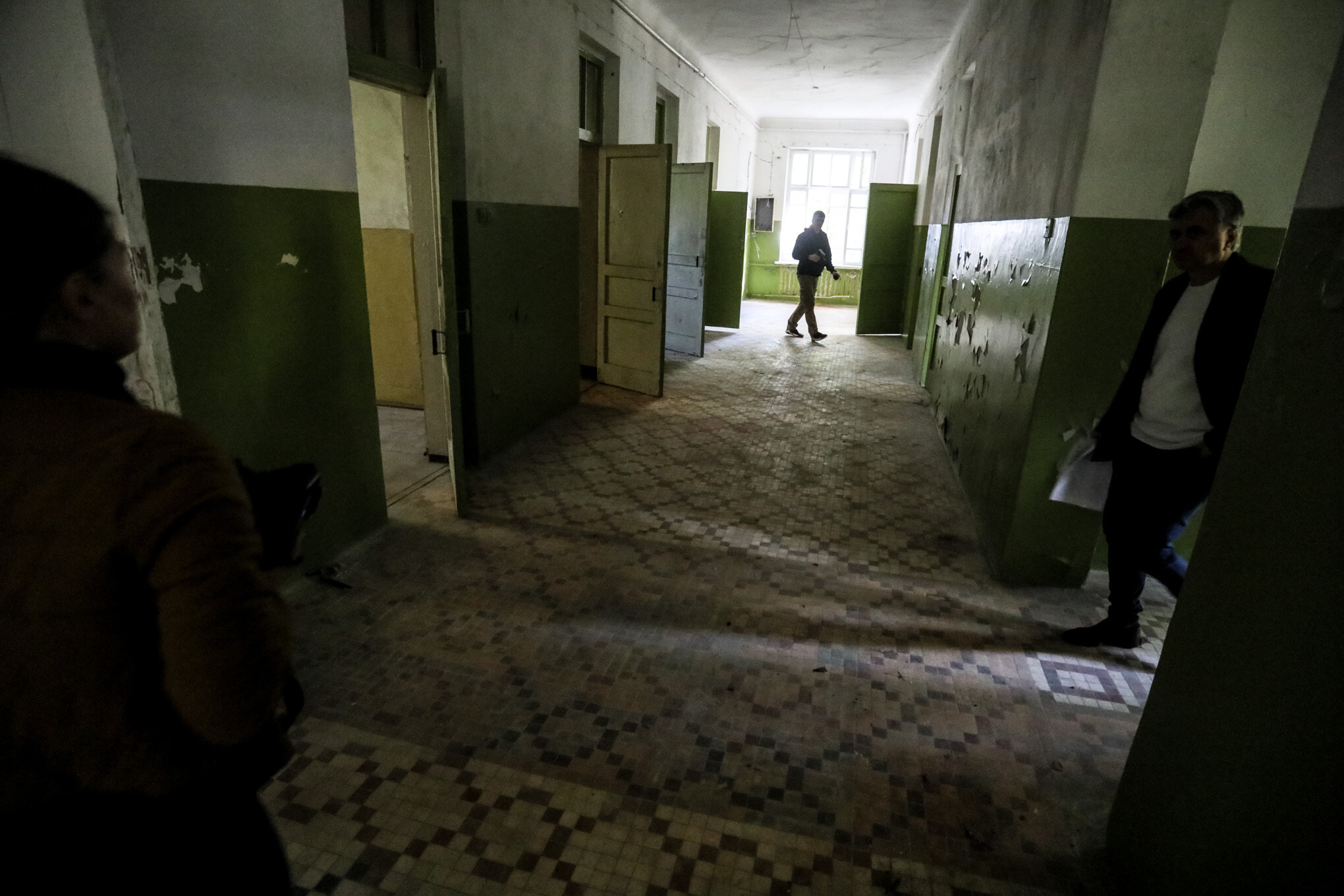
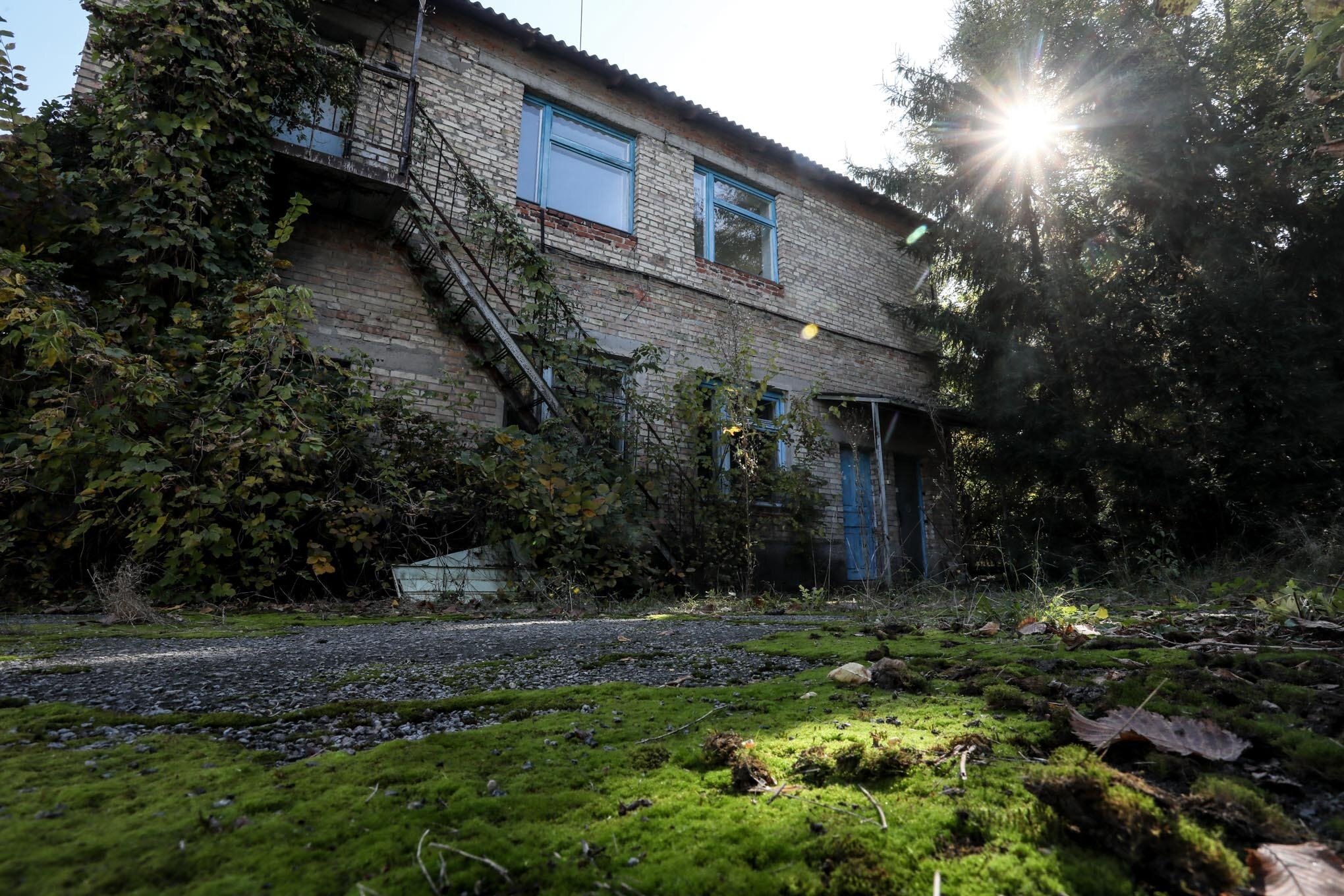
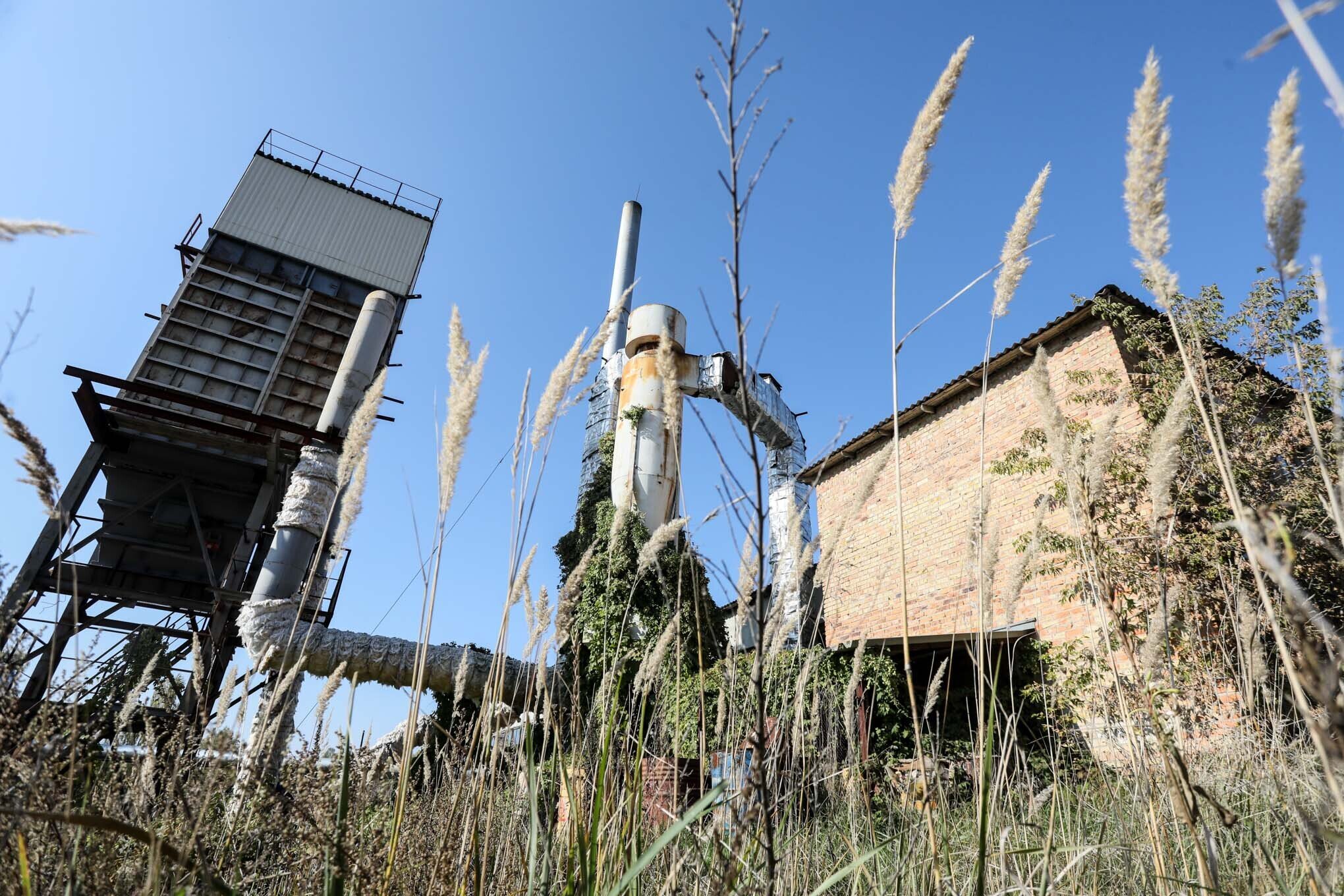
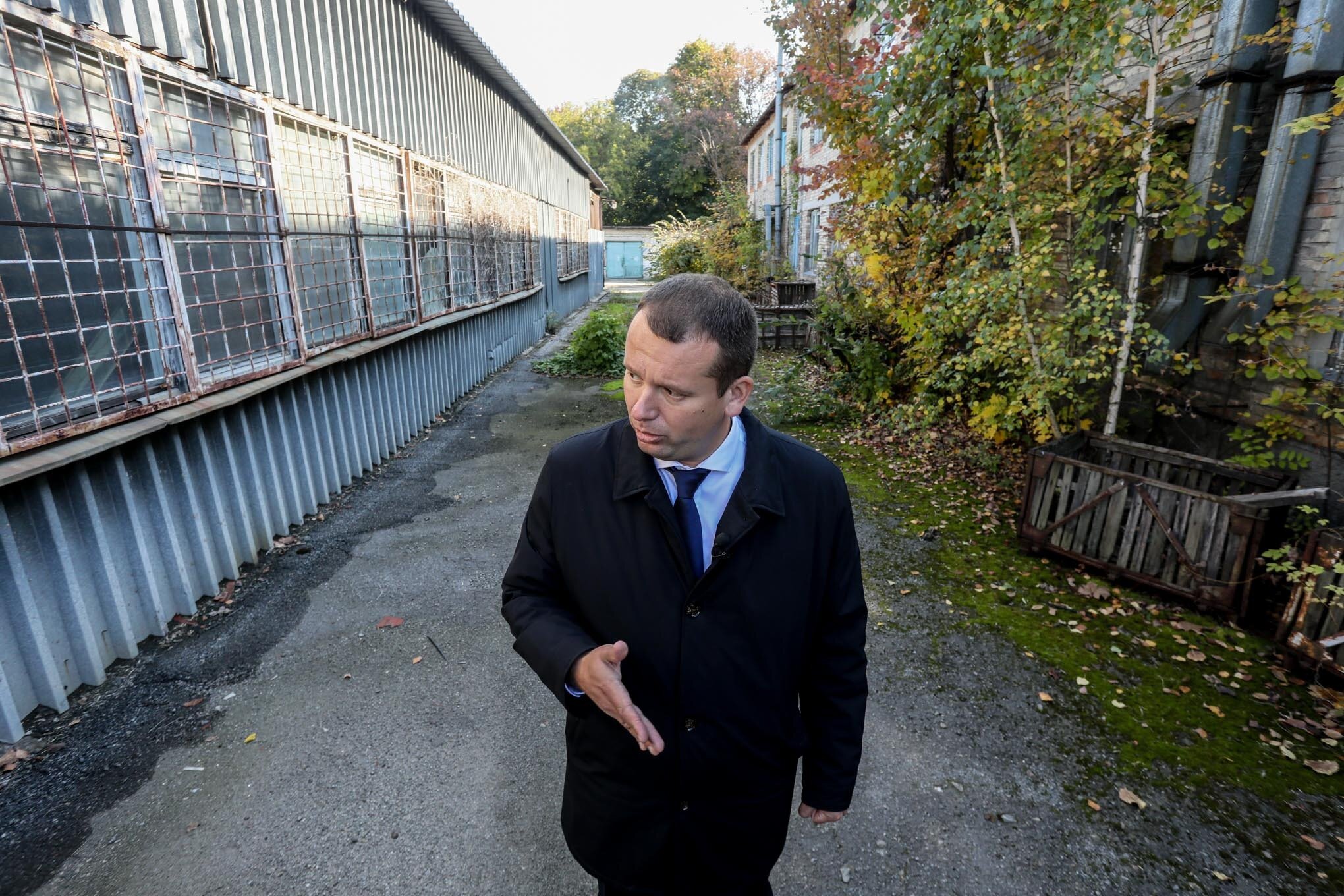
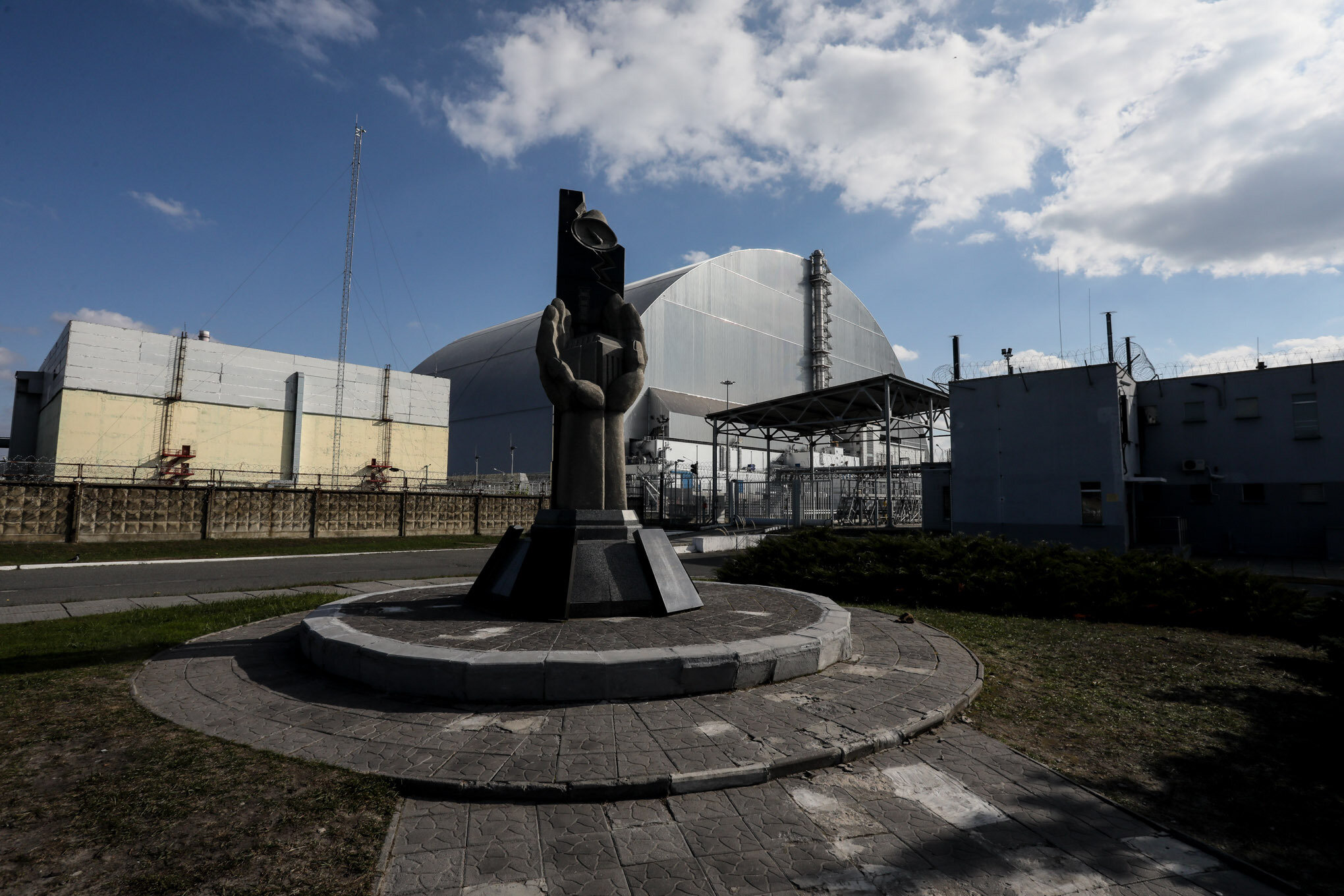

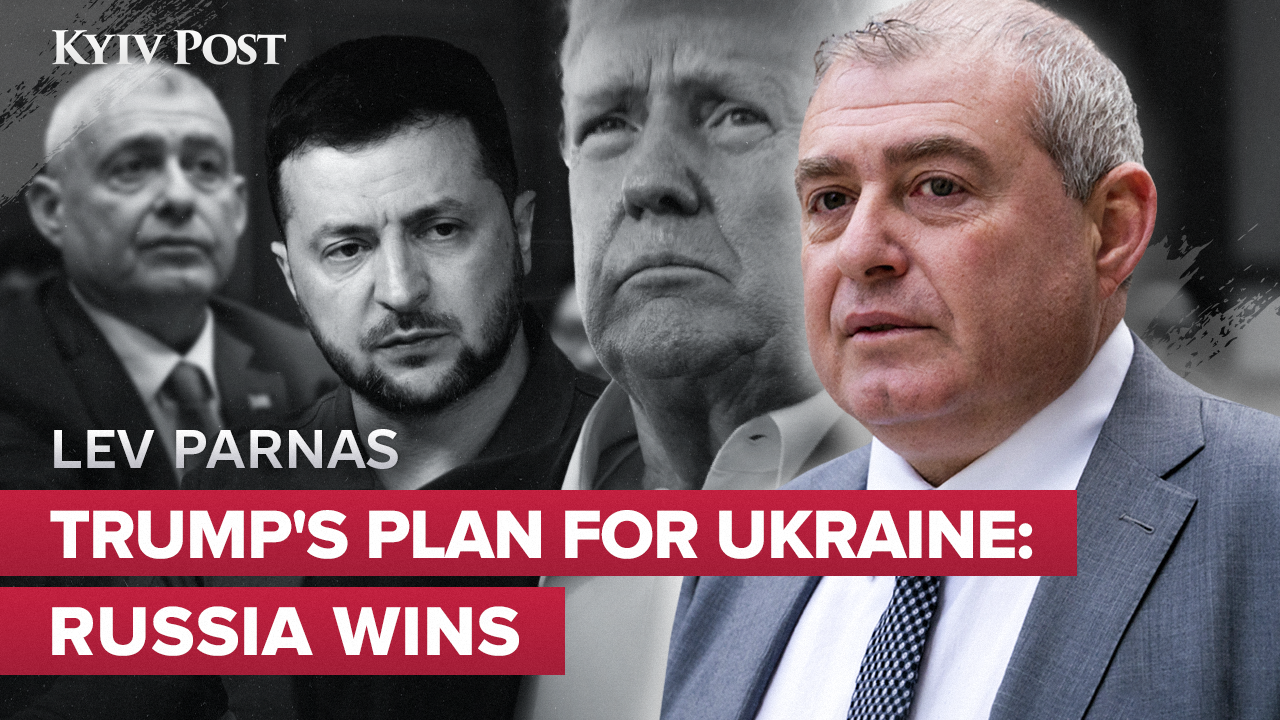
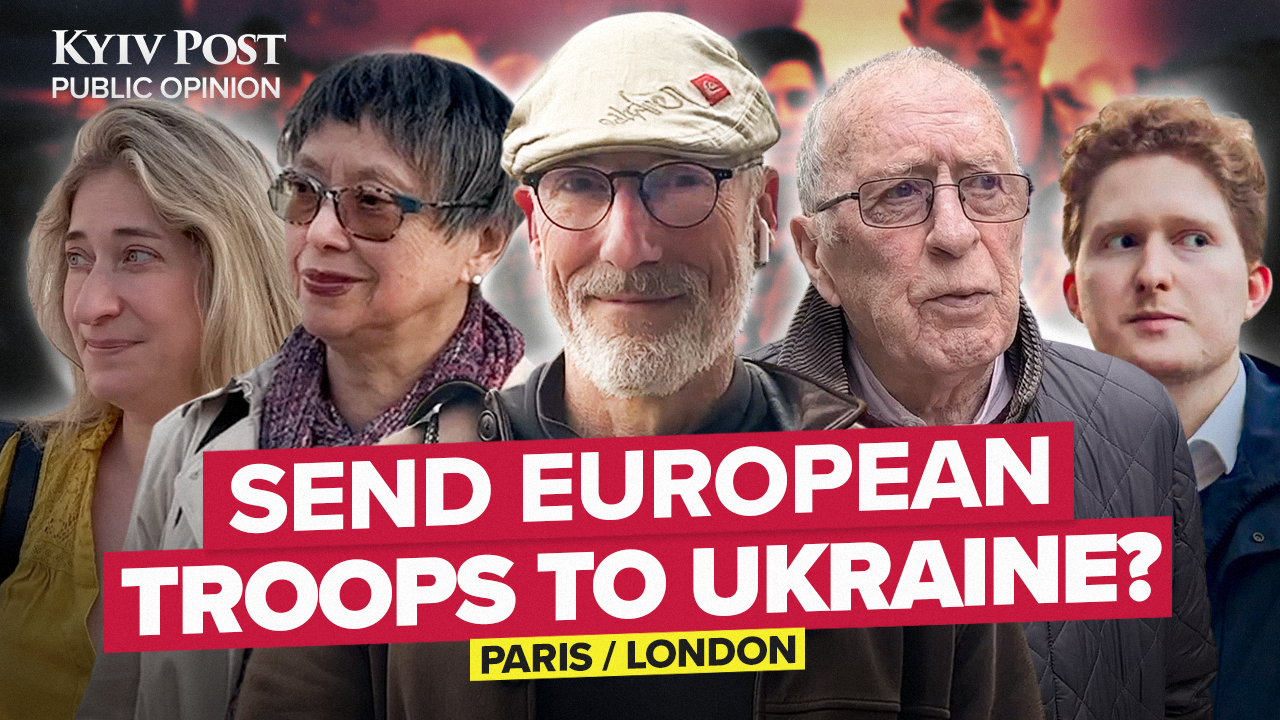
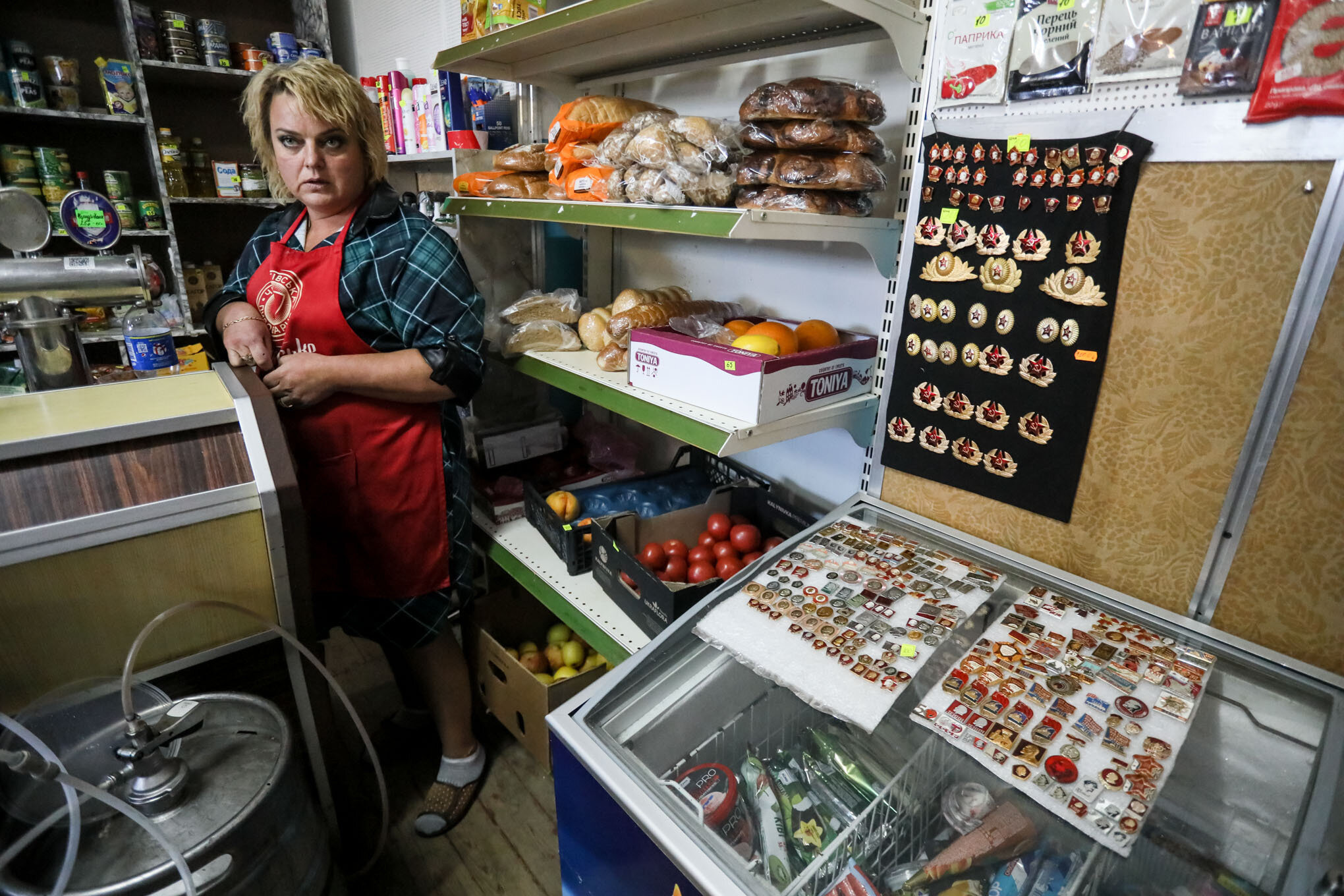
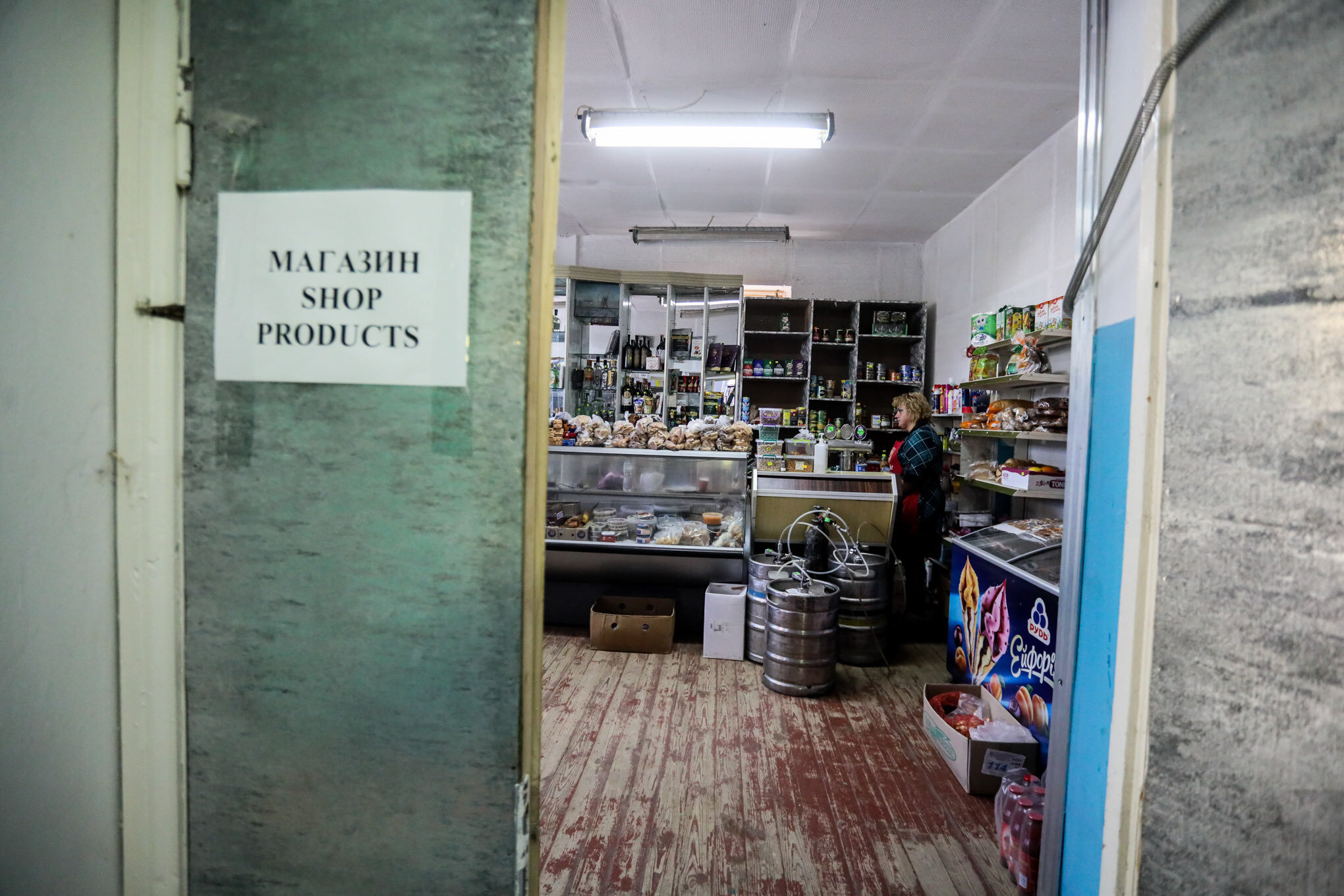

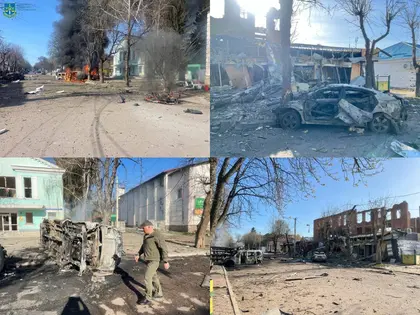
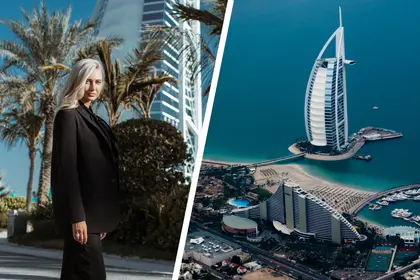
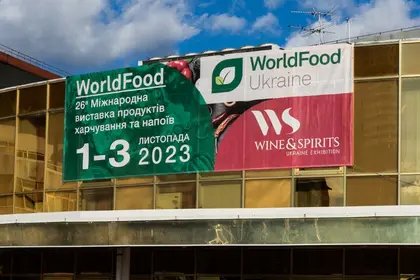
Comments (0)